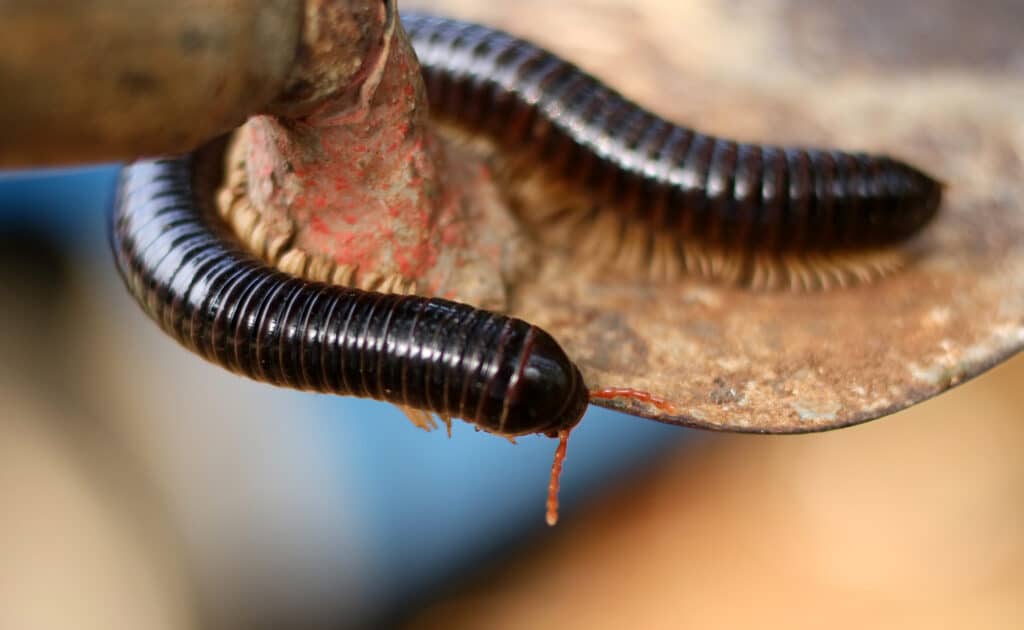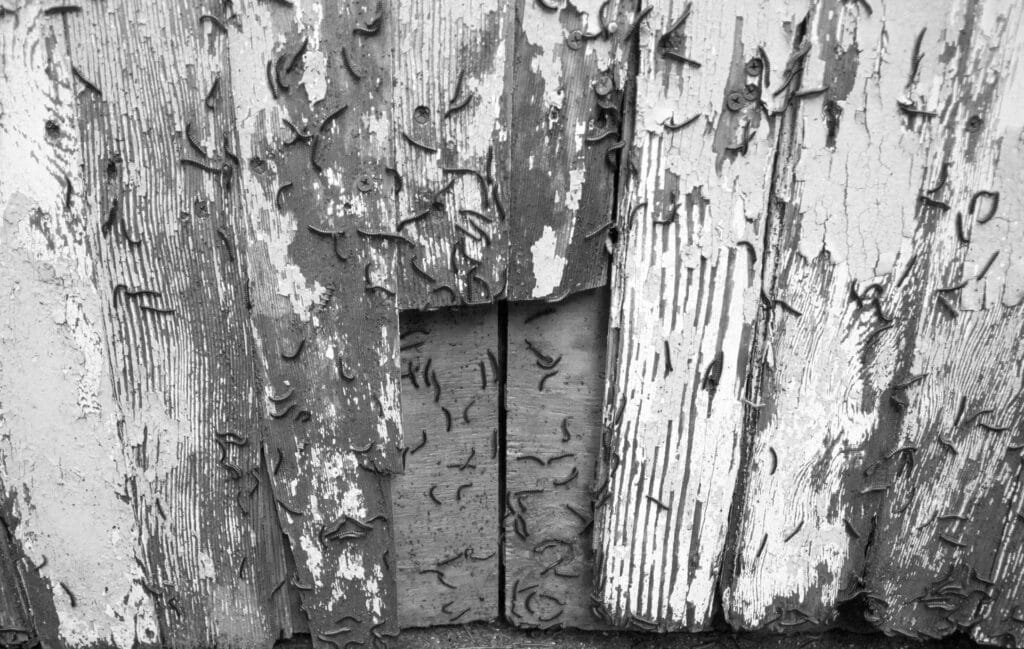
How to Get Rid of Millipedes: Identification & Removal Guide
How to Get Rid of Millipedes in Your Home
Millipedes aren’t a dangerous pest to have around your home, but they can be a shocking surprise and a nuisance around your home. The best way to keep millipedes away from your home or garden is prevention, but if you have millipedes in your home, U.S. Pest Protection technicians suggest these steps.

Reduce Moisture
One of the most effective ways to get rid of millipedes is to make your home less hospitable to them:
- Use dehumidifiers in basements, crawl spaces, and other areas where millipedes are present
- Fix leaky pipes and improve drainage around your home’s foundation
- Ensure proper ventilation in moisture-prone areas
Use Traps or Chemical Treatments
For active millipede problems, consider these control methods:
- Set insect traps in areas where millipedes are commonly found
- Apply chemical deterrents around the perimeter of your home
- Choose products specifically labeled for millipede control
- Follow all manufacturer’s safety instructions when using chemical treatments
Remove Them Physically
For visible millipedes:
- Use paper towels or cardboard to scoop them up (avoid direct contact)
- Deposit them outside, away from your home’s foundation
- Remember that millipedes don’t typically breed indoors, so removing visible ones can be effective
Where to Look for Millipedes in Your Home
Millipedes prefer dark, damp environments rich in organic matter. Check basement corners, crawl spaces, beneath sinks, around floor drains, and near foundation walls. Outside, look under mulch, stones, logs, and in areas with excessive leaf litter or moisture.
When to Call Professional Help
Professional intervention is necessary when:
- You’re repeatedly finding millipedes despite DIY prevention methods
- There are large numbers of millipedes entering your home
- You’ve identified conditions favorable to millipedes that you cannot address yourself
- You’re concerned about related moisture issues that may be attracting millipedes and other pests

